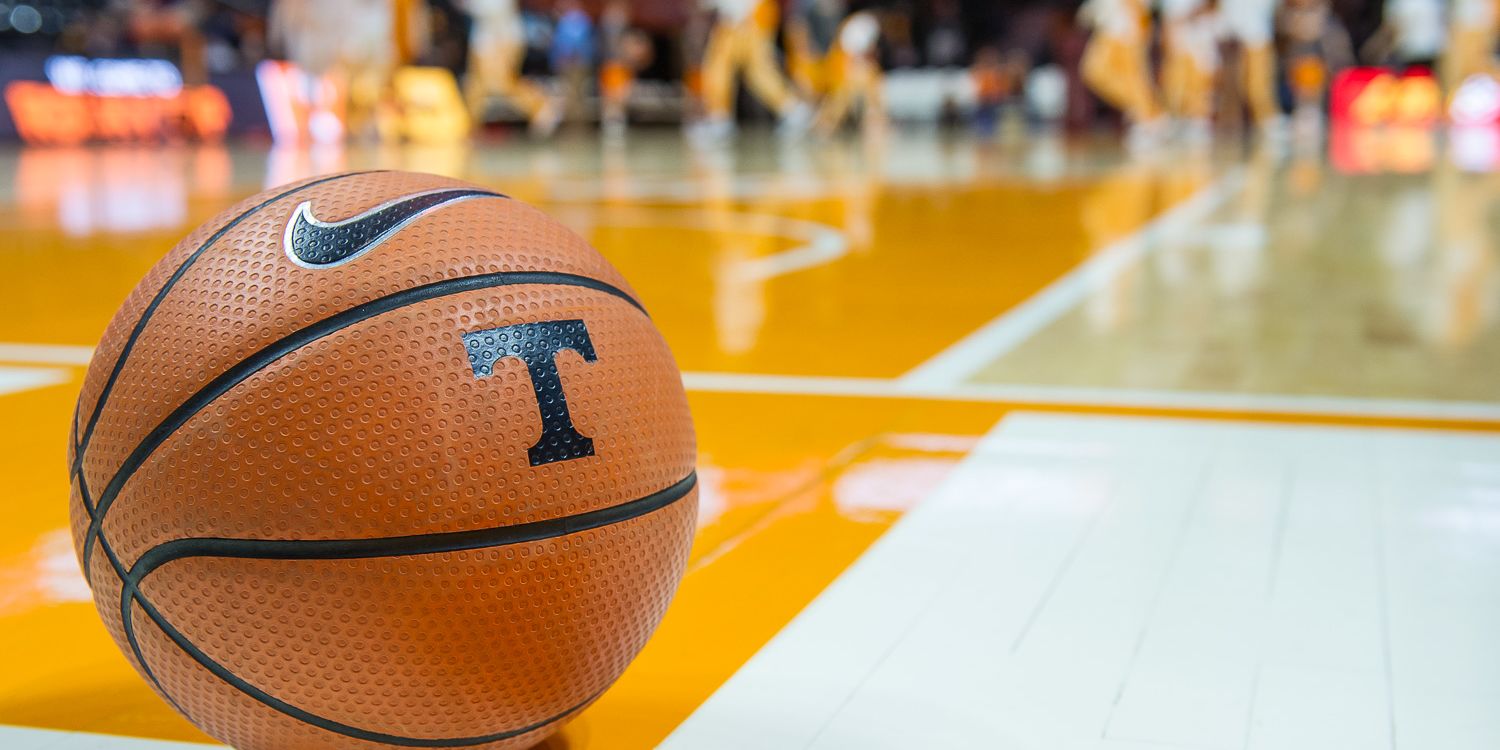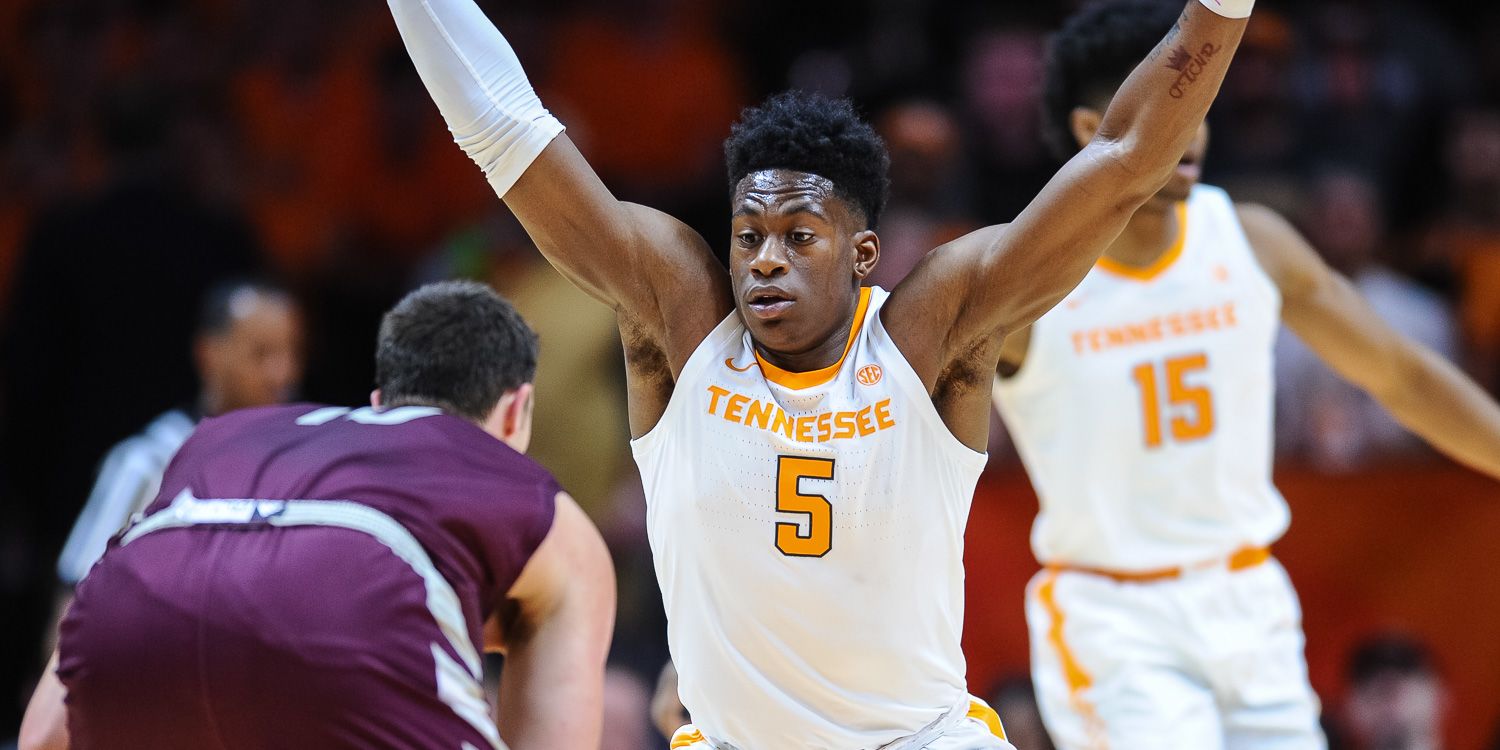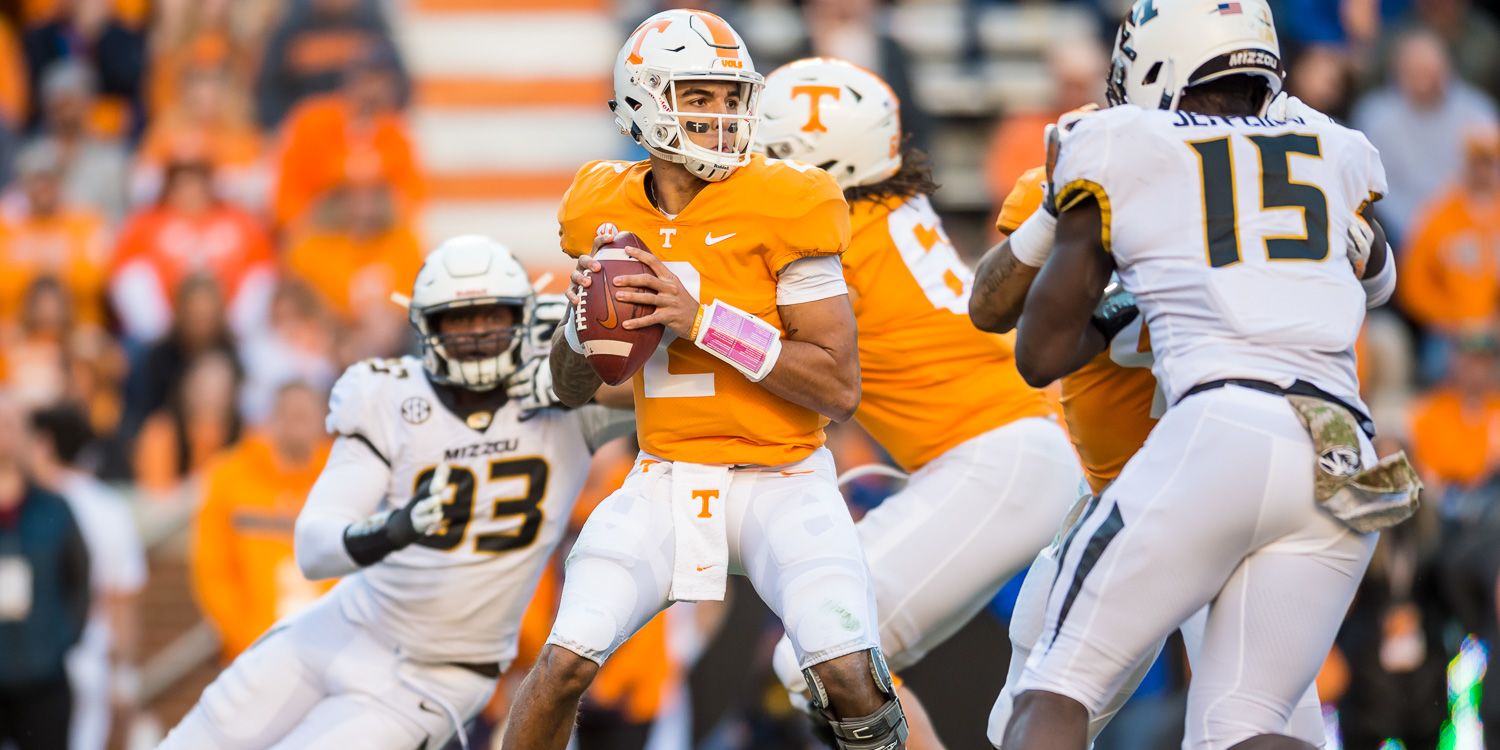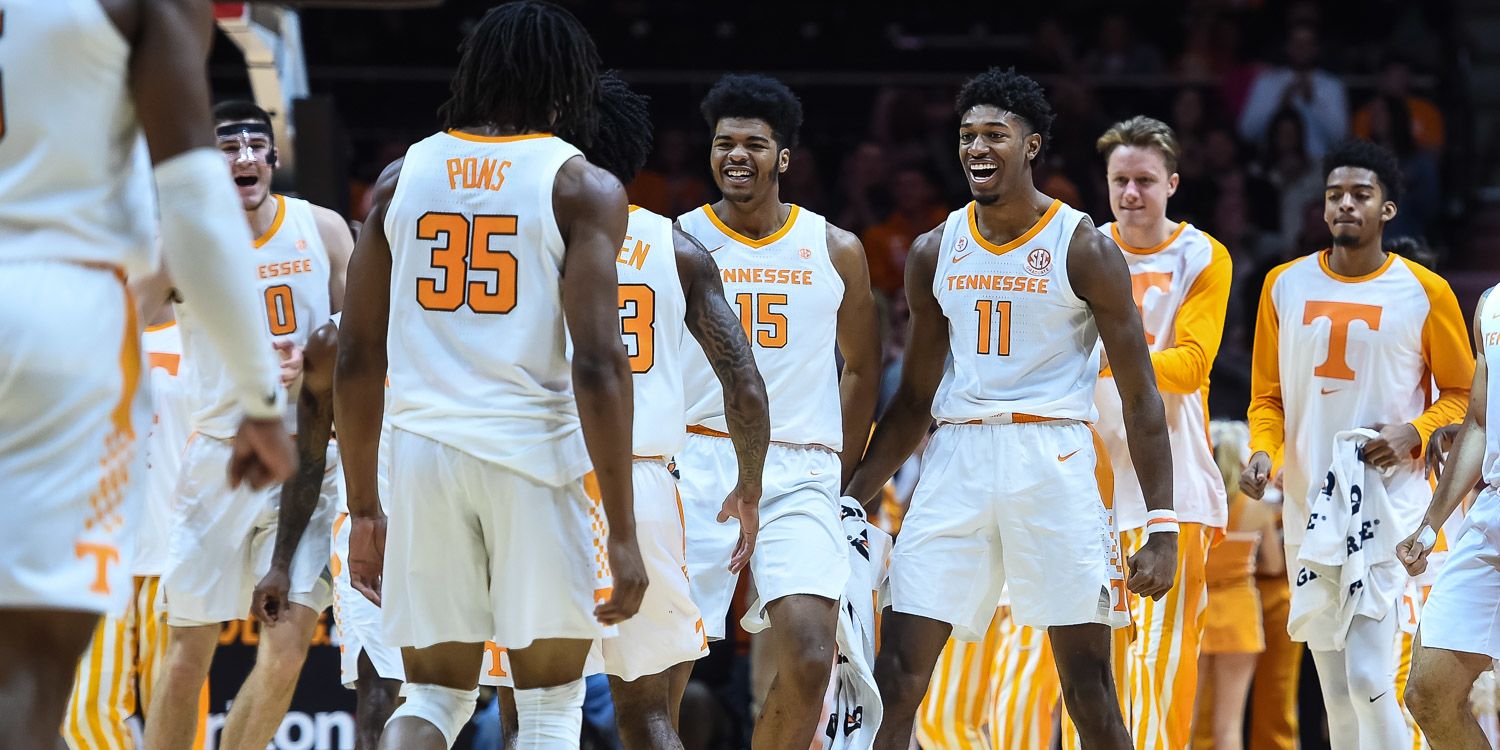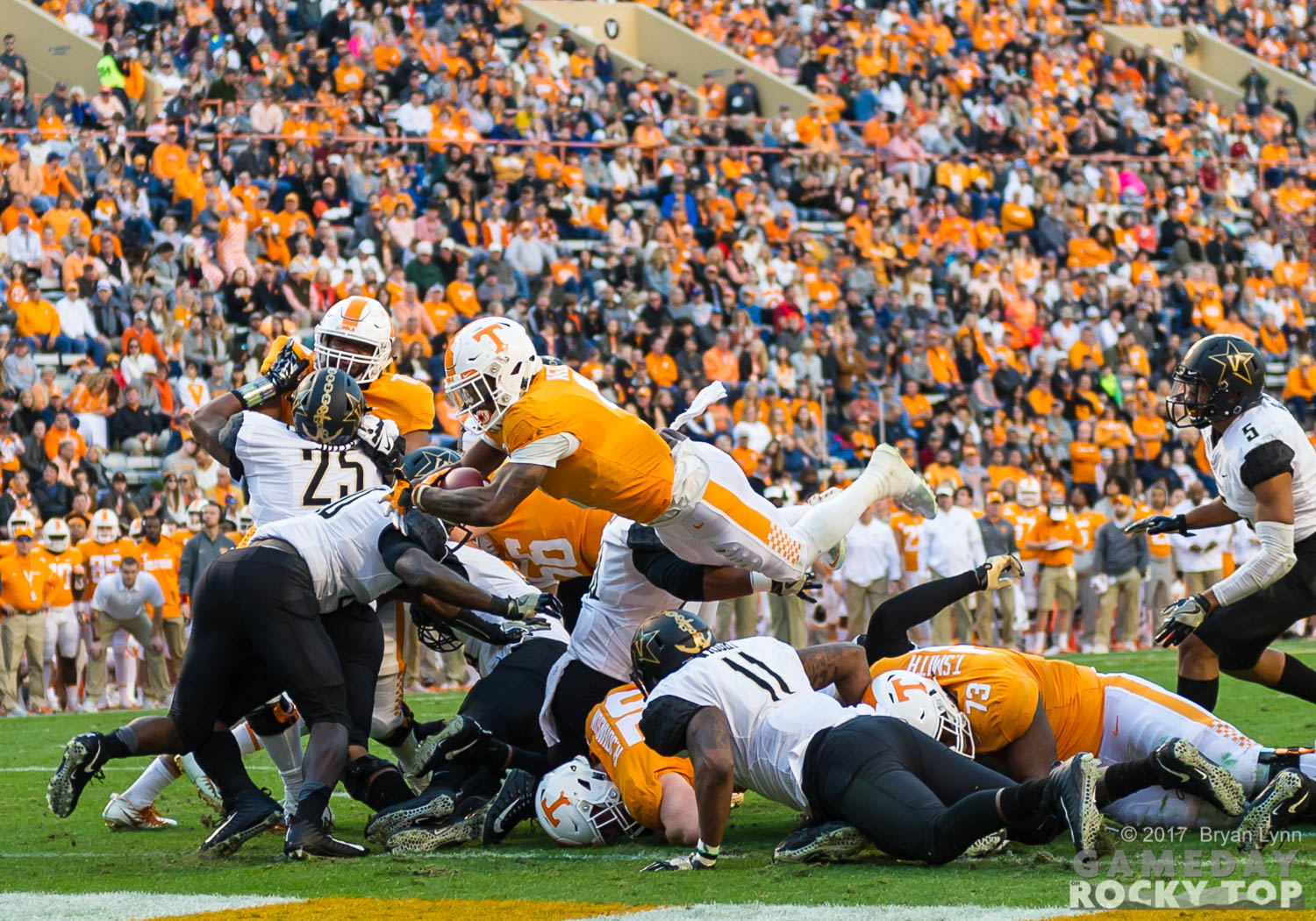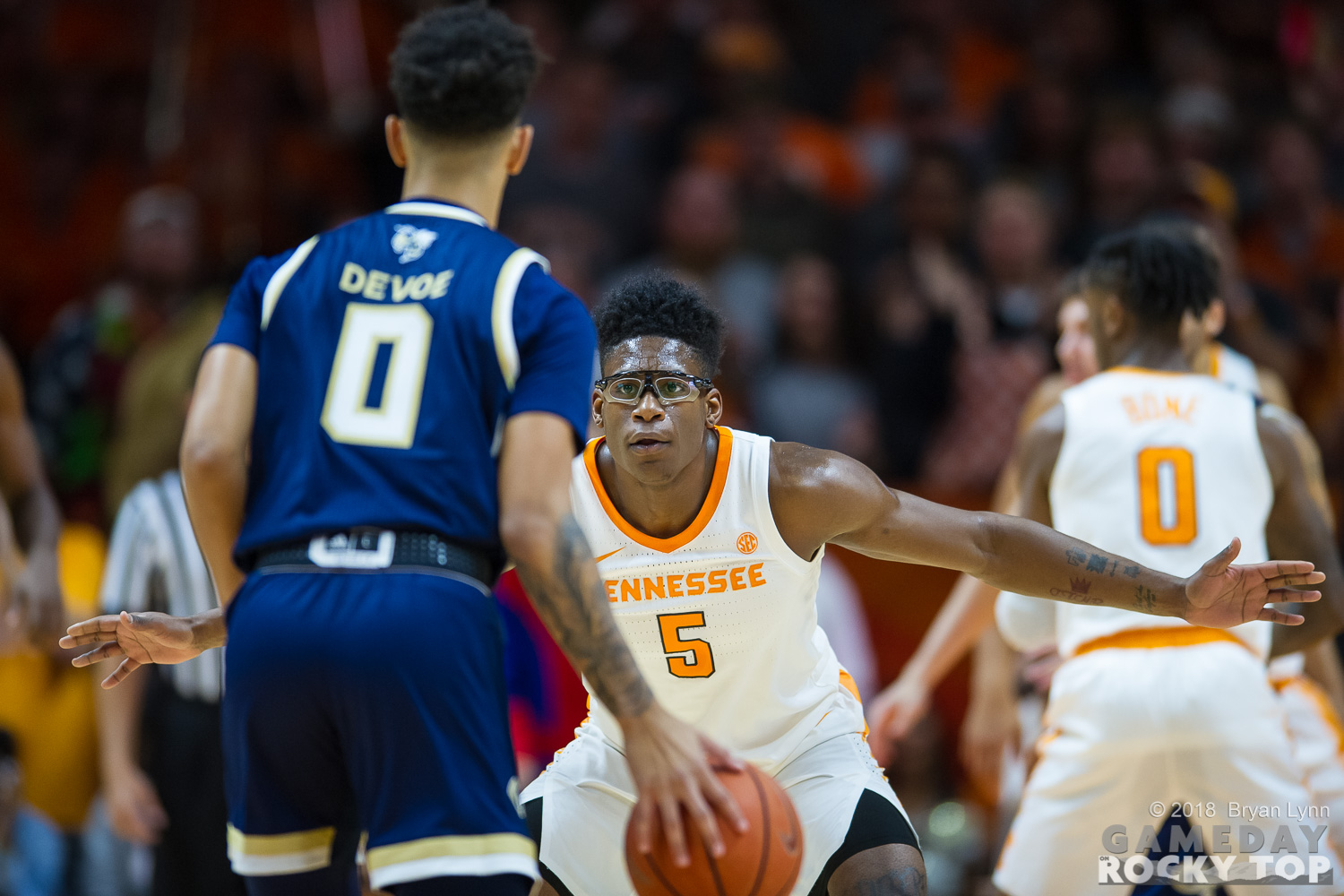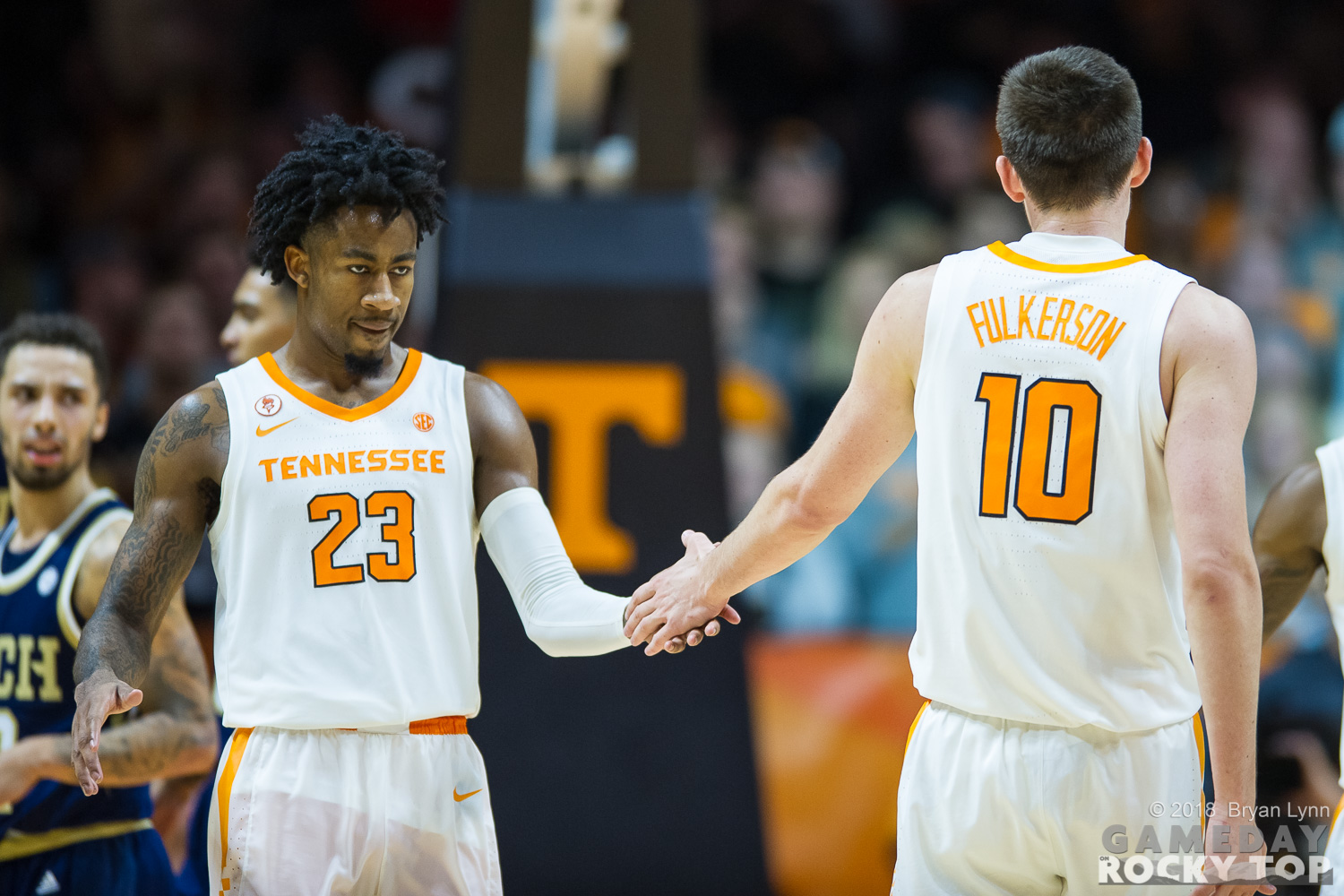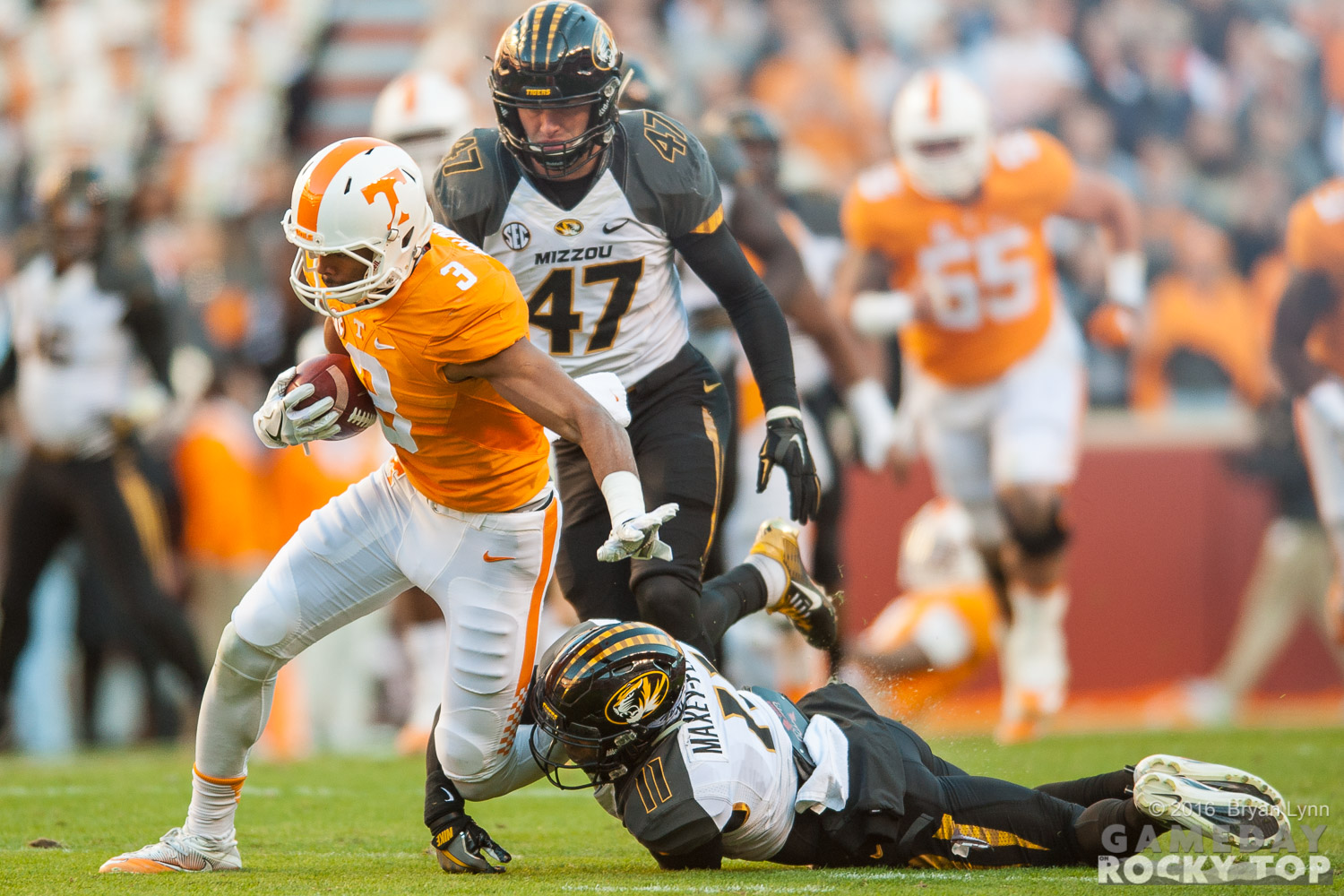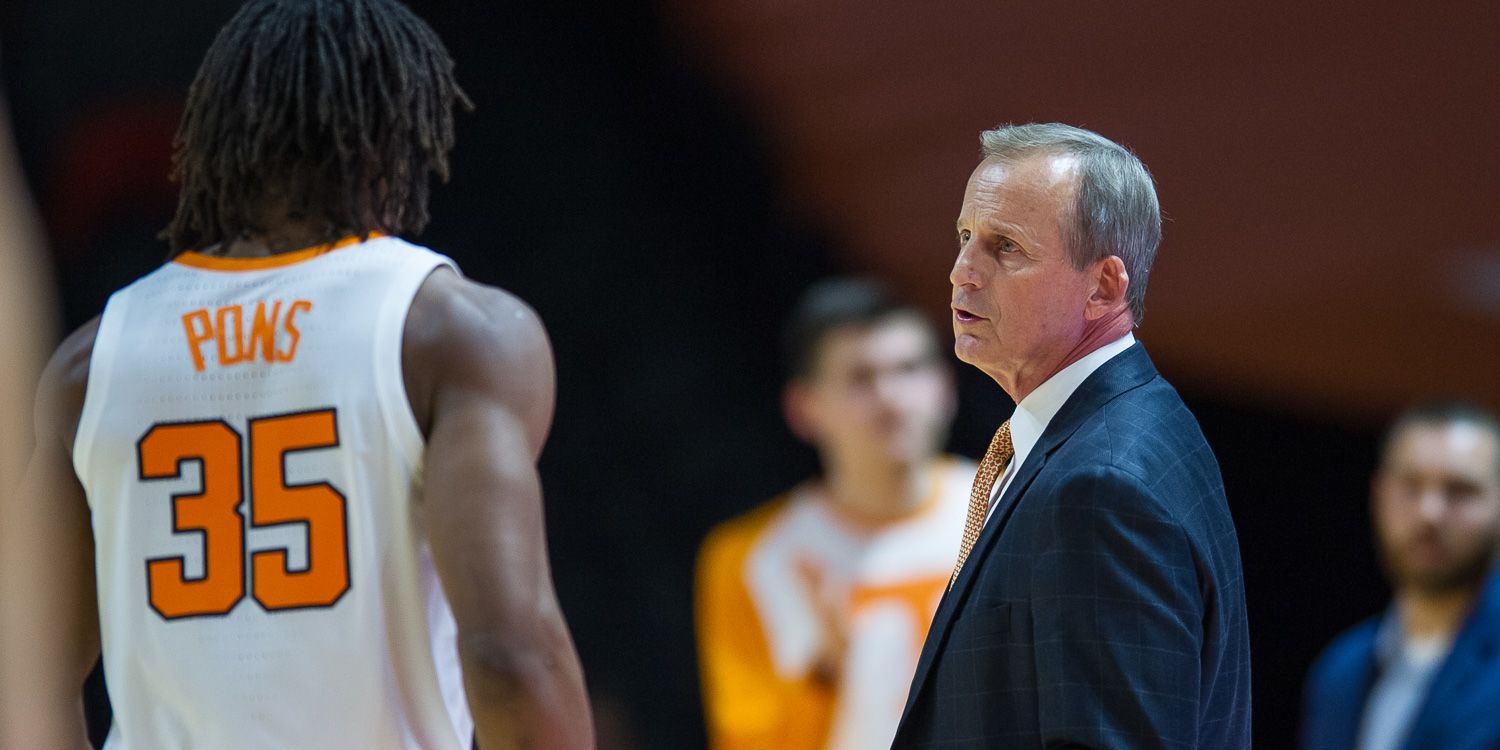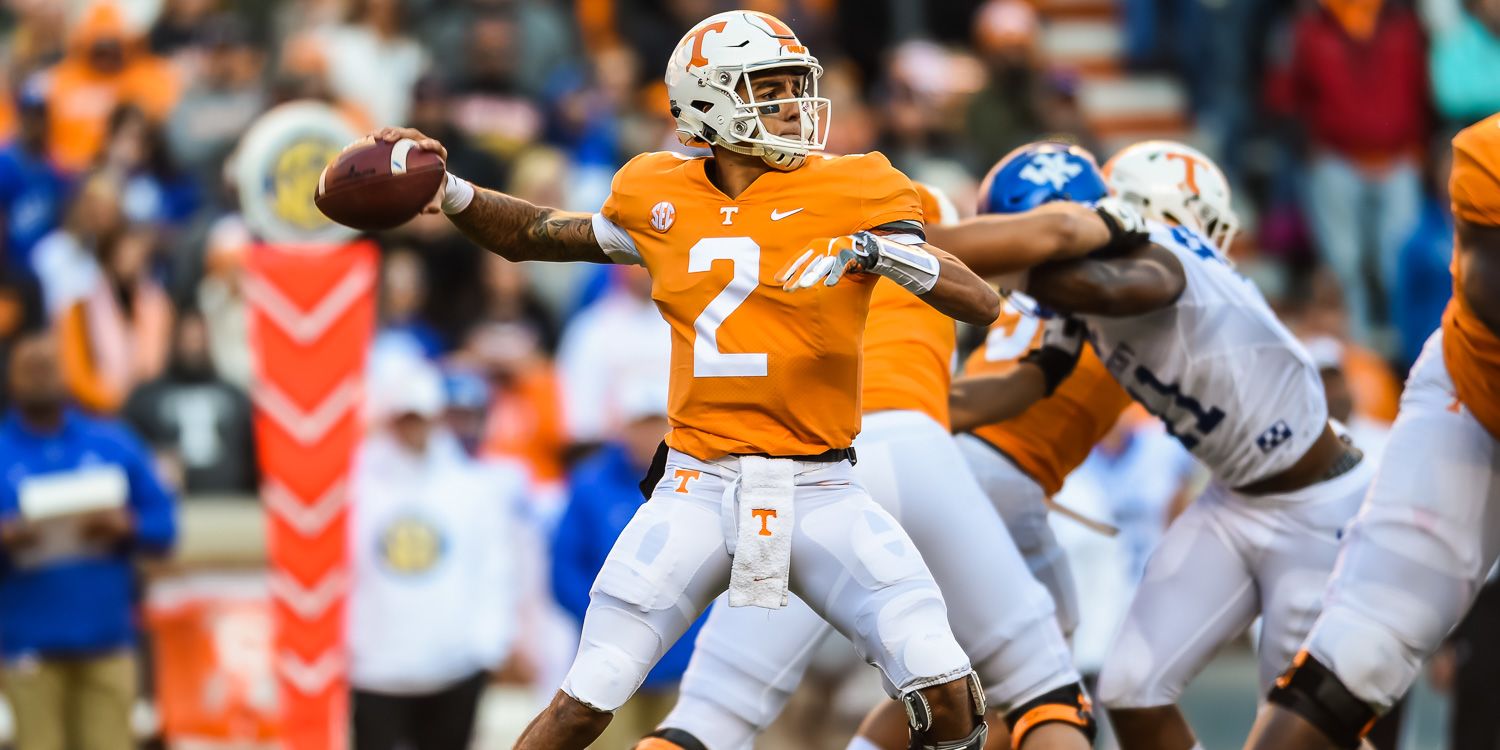Why was the offense so slow in 2018?
With Tyson Helton moving on as the head coach at Western Kentucky, it becomes a little easier to view his time in Knoxville objectively. We pointed to Tennessee’s pace of play throughout the season, and it’s especially jarring at the end: 716 total snaps was the lowest total in the post-Fulmer era, and last in the SEC by a huge margin (Mississippi State was 13th with 763 total snaps – stats via SportSource Analytics). This has to be taken into account when throwing around season totals: the Vols were thus last in the SEC in yards per game, as you’d expect with such few opportunities. But per play, the Vols were 12th at 5.46 ypp, just behind Auburn at 5.47 and ahead of LSU and Arkansas. That number isn’t anything to write home about, but neither is Tennessee’s decade…and in that context, the Vol offense was more productive per play than 2011, 2013, 2014, and last year’s atrocious 4.77. And something we always need to repeat, even though we’re used to it: the Vols played one of the nation’s most difficult schedules, #2 in S&P+. The going is never easy in Knoxville.
From game one, it was the theme in 2018: competence without excellence, better than last year though it would’ve been hard to be worse. In 2017 the Vols had so few snaps (732) in large part because they were that bad offensively. Larry Scott’s offense punted more often (5.9 per game to 5.5 this year), turned it over more (18 to 16), and was significantly worse on third down (30.67% to 38.22%). Last year the Vols ran so few plays because they had no other option. This year the Vols seemed to be going slow with more purpose. Will that be a theme going forward? How long will Jeremy Pruitt feel a need to protect his defense?
In Tennessee’s advanced statistical profile (via Bill Connelly) the Vols finished the regular season 30th in passing explosiveness and 23rd in third-and-long success rate. The offense finished 62nd in S&P+ – again, nothing to celebrate, but significantly better than the defense (96th) fared. That’s not a knock on Jeremy Pruitt; I think both numbers say more about Butch Jones than anyone. But I also think this trend will continue into 2019, regardless of who serves as offensive coordinator.
Will the offense be encouraged to lead the way in 2019?
If Tennessee’s biggest problems this fall were in the trenches – can’t block, can’t get pressure on the quarterback – the former seems to stand a much better chance of improving given the entire starting defensive line will graduate. Tennessee’s offensive line should benefit from a healthy Brandon Kennedy and an additional year of experience for some players, plus the arrival of five-star Wanya Morris and four-star Jackson Lampley. But right now, I’m not sure who the starters will be on the defensive line, let alone the backups, and the 2019 class currently holds no blue-chip commitments for that unit.
More than that, all of Tennessee’s offensive starters could/should return from a unit that was slow, but had its moments. In the right hands, the Vol offense could be potent in 2019; in anyone’s hands, they might still have to lead the way as Pruitt rebuilds the defensive line.
So whose hands those ultimately end up being is important, both for making the most of the returning experience next year, but also having the trust of the head coach. I don’t know how much the head coach’s fingerprints were on the Vols being so deliberate/slow this season. I do assume Pruitt needs someone he can trust more fully in the OC role; we’ve seen far too many well-regarded coordinators turn out to be a bad fit with the head coach, creating unfruitful compromises.
If it’s Hugh Freeze…
Along those lines, we might be a little too easily convinced Freeze is the best or only option. Aside from the obvious and the NCAA issues, both of which make me uncomfortable, Freeze could present more problems with both the floor and the ceiling.
Pruitt’s initial staff was built on pre-existing relationships; in some ways there’s a greater risk of failure in bringing in an outsider and hoping the fit is right. There’s a chance Freeze’s name ends up on a list with Bob Shoop: a great coach in a different setting, but if his vision clashes with that of the head coach (or if, when the going gets tough, Freeze – whose only coordinator gig was one year at Arkansas State – doesn’t respond well as the OC when he knows what it’s like to win big as the HC) it simply might not be a great fit.
And I don’t disagree, at all, that Pruitt needs to hire someone he can trust and put more of the offense in their hands; hopefully that’s part of a lesson he learned in his first year on the job. I’d simply imagine it’s a little harder to do that with someone you haven’t worked with in the past, and that Freeze isn’t the only one who can pull that off.
There’s also certainly a great chance of reward with Freeze, who worked wonders at Ole Miss…but if he’s everything some of us want him to be, how long is he in Knoxville? I get that you can’t hire scared, and it’s a good sign for your program when assistants are being promoted elsewhere. But for the Vols in the midst of a serious rebuild, with a defensive-minded head coach who needs a trustworthy, fruitful relationship with his offensive coordinator? I don’t see many scenarios where Freeze is a long-term answer. How much does it help Tennessee to have Hugh Freeze for one year? I’m not sure that’s what’s best for Tennessee right now, aside from the other red flags.
Regardless of your feelings on Freeze, it would be a different kind of red flag if Pruitt wanted to hire him and was turned down somewhere up the food chain. It might be a wise move for Tennessee administratively, but it’s never a good day at the office when the football coach at Tennessee is prevented from getting what he wants. I don’t know if that’s happening, or if it is how any of us would know for sure. But Pruitt would certainly know.
The Vols have everyone coming back on offense, including proven skill players and a quarterback with potential. Pruitt has a year under his belt that saw the offense play slow and, at times, perhaps limit itself. The offense will almost certainly lead the way in 2019. This is a good job with more than one good option out there. It’s an important hire that will require a lot of trust in a long-term rebuild. We’ll learn a lot by where Pruitt and the Vols ultimately turn. But the real answers are, as always, only available on Saturdays in the fall.
